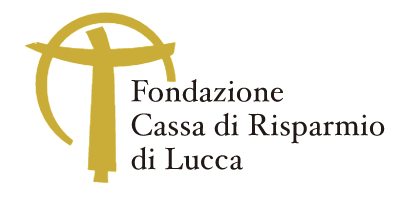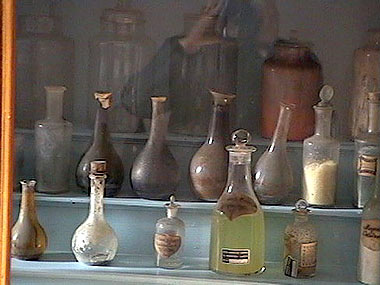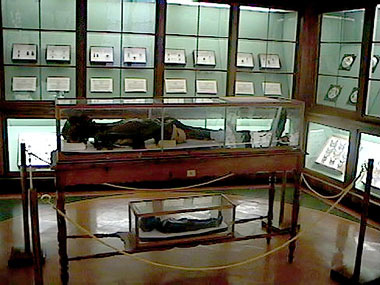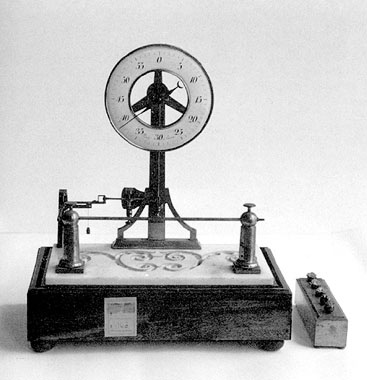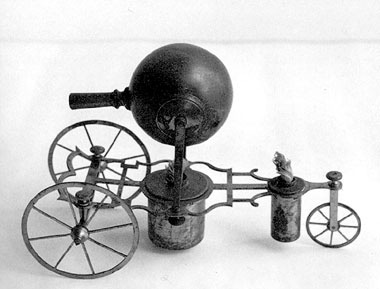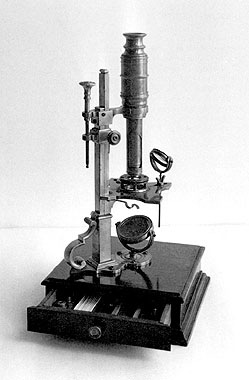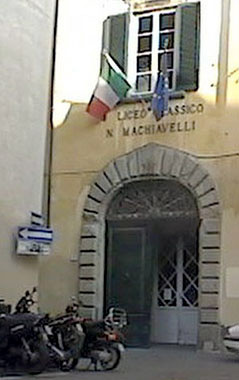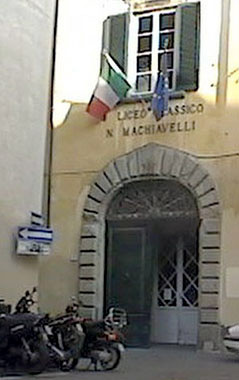
In the Natural History Collection of the Liceo Machiavelli we can see exhibited on a surface of roughly 400 square metres important mineralogical, palaeontological and malacological collections, as well as an ornithological collection with over 1800 Italian and exotic specimens that well represents Lucca's birdlife in the 19th century.
All these collections, together with the herpetological, osteological and entomological are proof of the intense scientific activity of this institution during the past century.
A curiosity of the Museum is that it possesses two mummies, one of a woman, the other of a child, belonging to the VIIIth – VIIth century b.C..
The Liceo Machiavelli also has a remarkable collection of about 600 old scientific instruments, some of which extremely rare, made by renowned European craftsmen of the 18th and 19th centuries. The collection dates back to the end of the 18th / beginning of the 19th century and the instruments it contains formerly belonged to Carlo Ludovico di Borbone.
Gallery:
Details:
- ROMÈ A., CENNI M., Il materiale ornitologico proveniente dal Lago di Massaciuccoli nelle collezioni del Museo del Liceo classico Macchiavelli, in Osservatorio del Lago di Massaciuccoli, 1982
The first nucleus of Lucca's Natural History Museum was formed in the times when the town had a University (Studio Universitario), between 1785 and 1860. The reform of studies carried out by Maria Luisa di Borbone in 1819 led to the foundation of the Royal College (Real Collegio) and of a series of important complements to it, i.e. the Botanical Garden, the Astronomical Observatory, the Physics Laboratory, the Anatomical Theatre and the Natural History Museum. When Lucca became part of the Grand Duchy of Tuscany in 1847, it lost the right to a university of its own. However, the natural history and physics collections survived and were transferred to Palazzo Lucchesini, where they are now, in 1856. In the course of time the collection has grown considerably thanks to important donations.
The origin of the collection of old scientific instruments is connected with the creation of a chair of chemistry (in 1790) at the "Pio Istituto di S. Frediano". Its main nucleus was added later, in 1819, when Maria Luisa di Borbone provided her Royal College with laboratories, scientific equipment and libraries. Later Carlo Ludovico di Borbone, Duke of Lucca from 1824 to 1847, split the collection between Pisa and Florence, leaving only part of it in Lucca. From 1870 onwards the collection grew progressively until it reached its present consistence around 1930.
Minerals; fossils; rocks; shells; insects; birds; animals. Old physical instruments.


